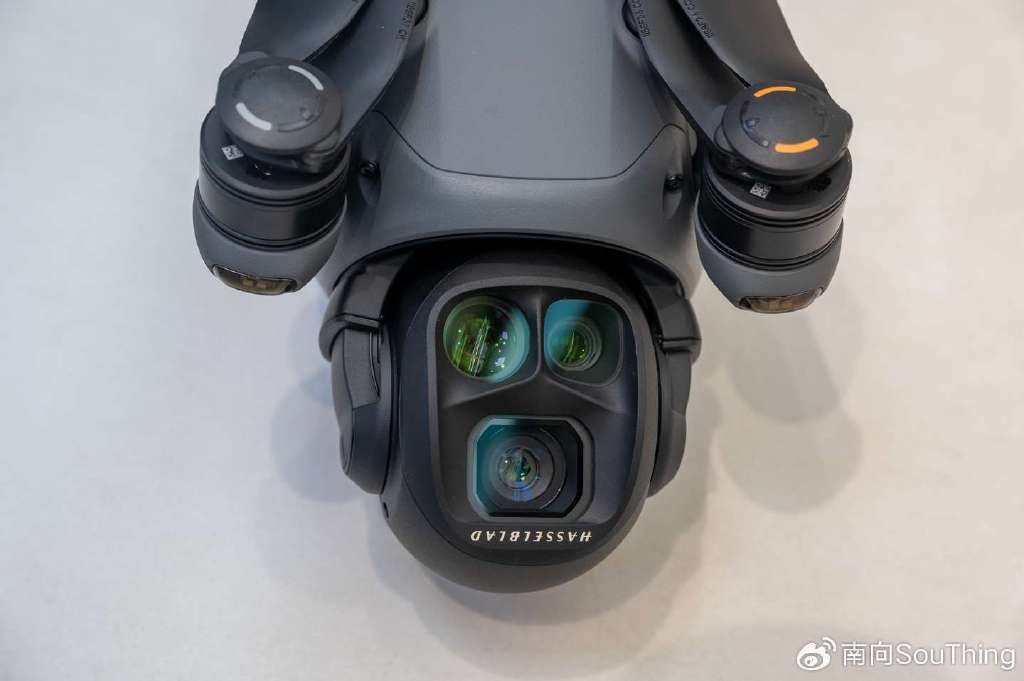With the rise in popularity of drones, more and more travelers are interested in taking their drones with them when traveling via airplane. There’s no doubt that drones have become essential tools for photography and exploration. But, can you bring a drone on a plane? The answer is yes, but there are several important factors and regulations to consider before you pack your beloved gadget.
Understanding Airline Policies
Each airline has its own policy regarding the transportation of drones. It is crucial for you to check these policies on your airline’s website or contact their customer service for clarification. Generally, drones are allowed in cabin baggage in compliance with size and weight restrictions. However, it’s equally important to ensure that your drone’s lithium batteries are handled as per safety regulations. Airlines typically require batteries to be either installed in the drone or carried separately in the cabin.
Packing Your Drone
Proper packing is fundamental when taking a drone on a plane. Protecting your drone from damage during transit is essential. Consider using a dedicated drone backpack or hard case to prevent any accidents. Make sure the compartments inside are padded to safeguard sensitive parts like propellers and cameras.
Drone Regulations: Airport Security
Easily overlooked yet critical are airport security rules. Packing your drone in carry-on luggage means it will undergo an X-ray scan. Security can take a closer look to ensure no components violate local aviation regulations.
Follow Local Laws
When arriving at your destination, be aware of the local laws concerning drone usage. Some countries may require permits, and others may prohibit drones altogether. Research these laws in advance to avoid potential legal issues.
Battery Regulations
Drones generally use lithium polymer batteries, which are considered hazardous beyond certain thresholds. Airport security, as well as airline companies, impose limits on Watt-hour ratings for batteries being transported. Usually, if the battery is below 100Wh, you can carry it without special permission. Batteries between 100-160Wh may need approval.
Protective Measures and Damage Prevention
Safeguarding your drone from potential damage during transit is crucial. Use bubble wrap and zip lock bags to protect smaller accessories, and ensure that the propellers have been removed or securely fastened to avoid any accidental damage. Additionally, consider purchasing travel insurance for further peace of mind.
FAQ Section
- Do airlines charge for carrying a drone?
Most airlines allow drones as part of your carry-on allowance without extra charges. It’s wise to check with your specific carrier for any fees related to oversized gadgets.
- Can drones be packed in checked luggage?
It’s generally recommended to pack drones in carry-on bags due to the potential for rough handling of checked luggage that could cause damage.

- What happens if my drone battery exceeds the allowed limit?
You’ll likely need to declare high-capacity batteries at check-in, and may require special permission to carry them aboard, or opt for shipment via cargo services.